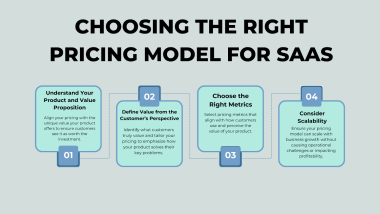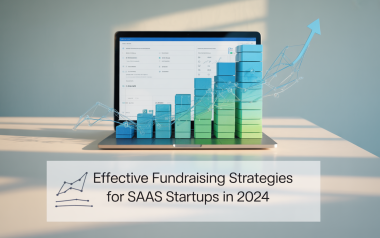Launching a SaaS product as a solo developer is challenging but increasingly viable with today’s accessible tools and technologies. The key is maximizing your limited resources through strategic planning, focusing on core features first, and leveraging automation to handle tasks that would typically require a team.
Key Takeaways
- Focus on market research and innovation when defining your SaaS product idea to stand out in a competitive landscape
- Choose the right tech stack and cloud services that balance functionality with development speed
- Implement time management strategies that prioritize MVP features and prevent scope creep
- Utilize low-cost marketing channels like content creation, SEO, and social media to stretch your budget
- Set up automated customer support systems early to maintain service quality without expanding your team
Defining Your SaaS Vision
Creating a viable SaaS product starts with thorough market research and validation. I’ve found that understanding your target audience’s pain points helps you develop a solution they’ll actually pay for rather than just a cool technology.
The most successful solo-built SaaS products solve specific problems with focused functionality. Instead of trying to compete with feature-rich enterprise solutions, look for underserved niches or problems that larger companies overlook.
When validating your idea, consider these approaches:
- Create landing pages to gauge interest before building the product
- Conduct user interviews with potential customers in your target market
- Analyze competitor offerings to identify gaps and opportunities
- Test pricing models with small focus groups
Selecting the Perfect Tech Stack
As a solo developer, your technology choices can make or break your project’s timeline and maintainability. The ideal stack balances development speed, performance, and your existing expertise.
For front-end development, frameworks like React, Vue.js, or Angular provide robust tooling and extensive component libraries. On the back-end, Node.js, Django, or Ruby on Rails offer rapid development capabilities with solid community support.
When selecting infrastructure, consider these cloud-based solutions that reduce operational overhead:
- AWS Amplify or Firebase for quick backend setup with authentication
- Serverless functions to minimize infrastructure management
- Managed database services like MongoDB Atlas or AWS RDS
- CI/CD pipelines for automated testing and deployment
Mastering Time Management
The biggest challenge for solo developers is often balancing competing priorities. Without a team to divide responsibilities, you’ll need systems to prevent getting overwhelmed.
The MVP (Minimum Viable Product) approach is your best friend as a solo developer. Focus ruthlessly on core features that deliver immediate value while postponing nice-to-have functionality for later iterations.
Effective time management strategies include:
- Setting fixed development sprints (1-2 weeks) with clear goals
- Using tools like Trello or Asana to track progress
- Blocking distractions during dedicated coding sessions
- Automating repetitive tasks through scripts and workflows
Budget-Friendly Marketing Strategies
Marketing doesn’t have to drain your limited resources if you focus on high-ROI channels. Content marketing in particular offers solo developers a cost-effective way to establish authority and generate leads.
Search engine optimization (SEO) should be factored into your marketing plan from day one. Creating valuable content around the problems your SaaS solves will build an audience over time without significant advertising costs.
Leverage these accessible marketing tactics:
- Technical blog posts showcasing your expertise
- Guest posting on relevant industry publications
- Active participation in communities like Reddit, Hacker News, or specialized forums
- Strategic partnerships with influencers in your niche who can promote your product
- Creating free tools or resources that drive traffic to your main product
Automating Customer Support
Customer support can quickly become a time-consuming bottleneck for solo developers. Setting up automated systems early helps maintain quality without constant personal attention.
AI-powered chatbots have become increasingly sophisticated and can handle many common customer inquiries. They can resolve simple issues and collect information before escalating complex problems to you.
Build a sustainable support system with these elements:
- Comprehensive knowledge base with tutorials and FAQs
- Email automation for onboarding sequences and common requests
- User community forums where customers can help each other
- Scheduled support hours that set clear expectations
Launch and Continuous Improvement
Launching is just the beginning of your SaaS journey as a product evolution never truly ends. The most successful solo-built products grow through consistent updates based on real user feedback.
Create systems to collect customer feedback automatically through in-app surveys and usage analytics. This data becomes your roadmap for future development, helping you prioritize the most impactful improvements.
Focus on these post-launch activities:
- Tracking key metrics like activation, retention, and churn
- Implementing a structured process for feature requests
- Regular communication with power users to understand their needs
- Gradual expansion of functionality without losing focus
Sources
Softsuave – Can a Solo Developer Build a SaaS App?
Five.co – Can a Solo Developer Create a SaaS App?
Product Hunt – Advice for a Solo Developer Launching His First SaaS
Your First Step – How to Build a SaaS Product from Scratch
Vivasoft – Can a Solo Developer Build a SaaS App?






